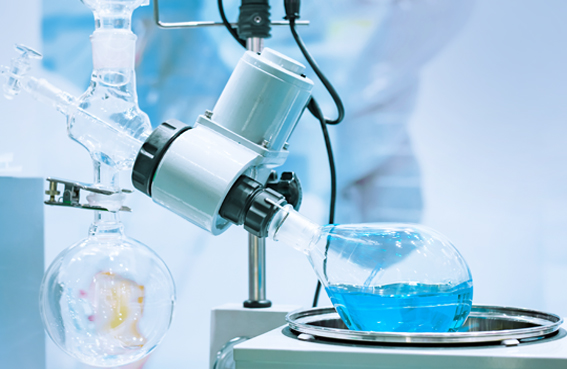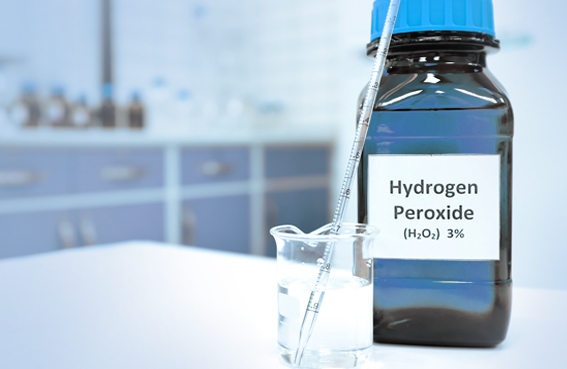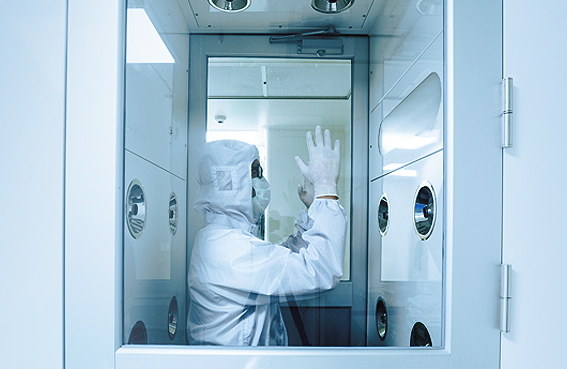Changsheng Guo 1, Kai Wang 2, Song Hou 3, Li Wan 4, Jiapei Lv 5, Yuan Zhang 6, Xiaodong Qu 7, Shuyi Chen 8, Jian Xu 9
Abstract
Inactivating antibiotic resistant bacteria (ARB) and removing antibiotic resistance genes (ARGs) are very important to prevent their spread into the environment. Previous efforts have been taken to eliminate ARB and ARGs from aqueous solution and sludges, however, few satisfying results have been obtained.
This study investigated whether photocatalysis by TiO2 was able to reduce the two ARGs, mecA and ampC, within the host ARB, methicillin-resistant Staphylococcus aureus (MRSA) and Pseudomonas aeruginosa, respectively.
The addition of H2O2 and matrix effect on the removal of ARB and ARGs were also studied. TiO2 thin films showed great effect on both ARB inactivation and ARGs removal. Approximately 4.5-5.0 and 5.5-5.8 log ARB reductions were achieved by TiO2 under 6 and 12mJ/cm2 UV254 fluence dose, respectively. For ARGs, 5.8 log mecA reduction and 4.7 log ampC reduction were achieved under 120mJ/cm2 UV254 fluence dose in the presence of TiO2. Increasing dosage of H2O2 enhanced the removal efficiencies of ARB and ARGs.
The results also demonstrated that photocatalysis by TiO2 was capable of removing both intracellular and extracellular forms of ARGs. This study provided a potential alternative method for the removal of ARB and ARGs from aqueous solution with H2O2.
National Library of Medicine - Institutes of Health (Public Study)
National Library of Medicine - Institutes of Health (Public Study)


